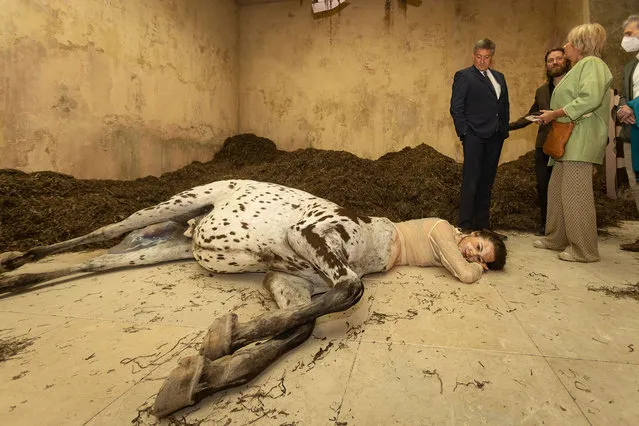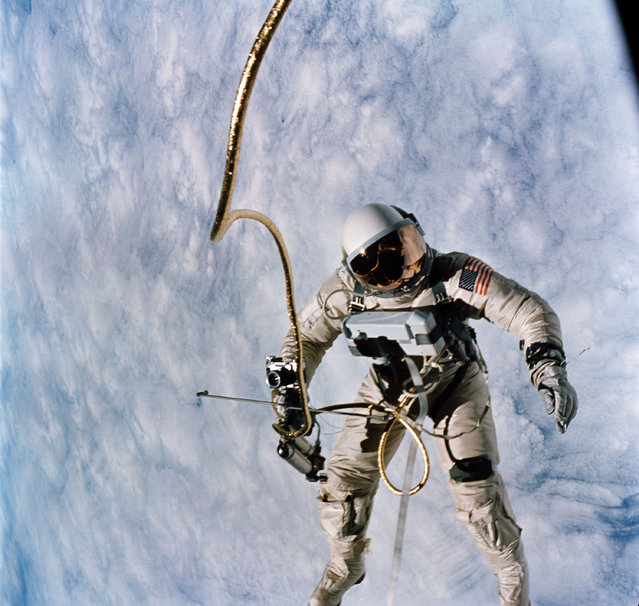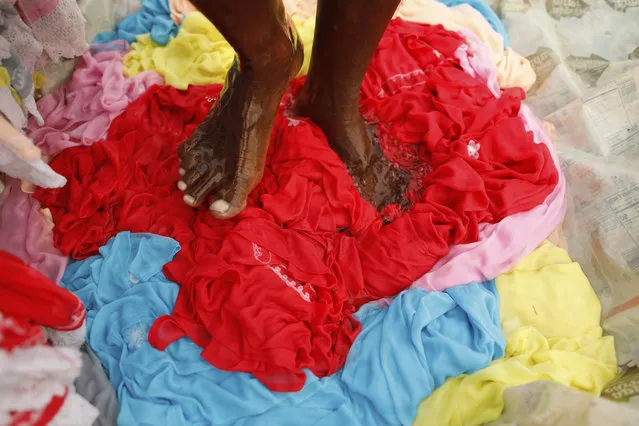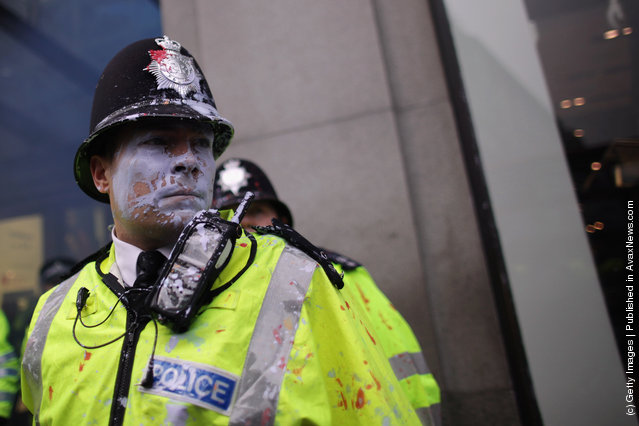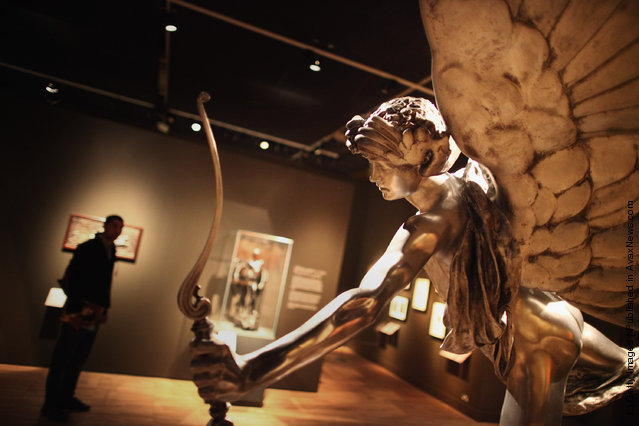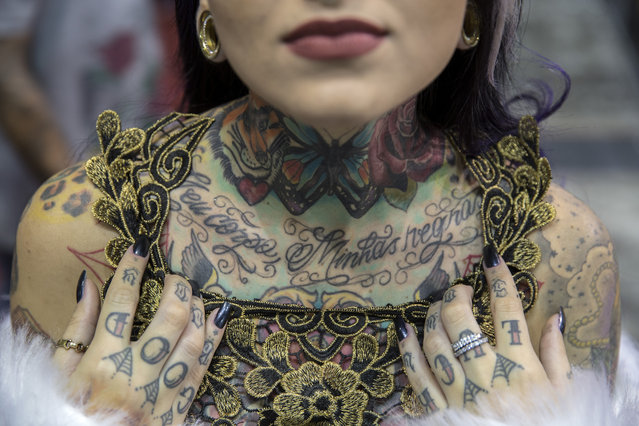
The winner of the Miss Tattoo Brazil 2014 contest, Bruna Barros, shows a tattoo that says 'My body, my rules' during Tattoo Week, the largest convention of art in the skin of Latin America, in Sao Paulo, Brazil, 14 July 2017. A tattooed woman beauty pageant, the new trends and techniques of the tattoo world, body piercing and the environment of the art of definitively painting the body, are all due to be addressed during the seventh edition of the “Tattoo Week Sao Paulo“. (Photo by Sebastiao Moreira/EPA)
19 Jul 2017 08:30:00,post received
0 comments

